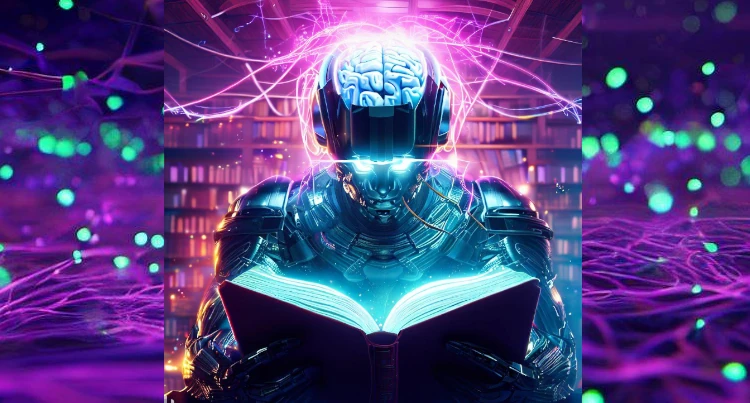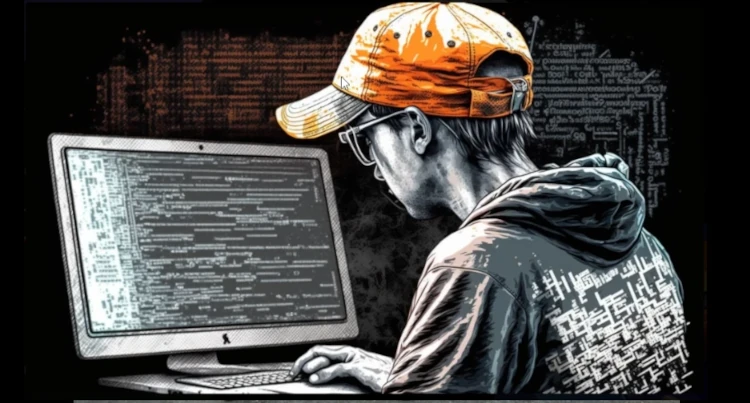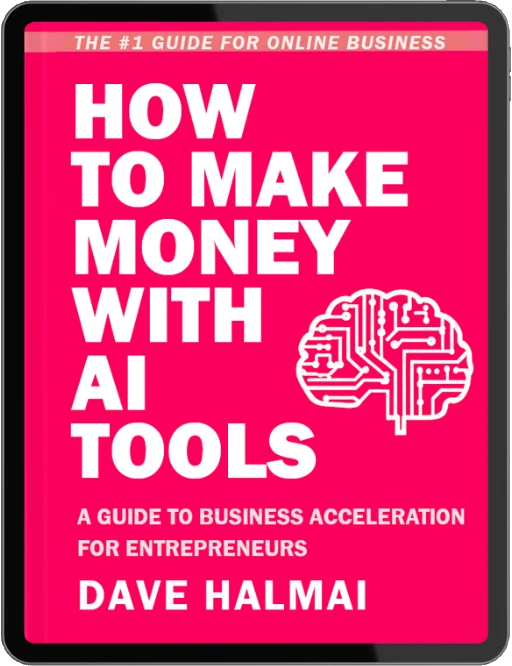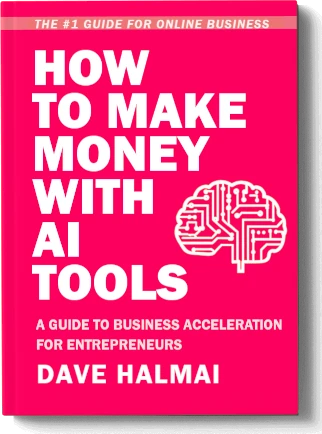Prepare yourselves for a journey through the astonishing history and future of artificial intelligence. From the earliest dreams of thinking machines to the cutting-edge AI technologies of today that seem to border on sorcery, this is the definitive tale of humanity’s quest to create our successors.
The Origins of AI
The quest to develop intelligent machines has been long and winding, tracing back at least as far as ancient Greek myths of mechanical men. But AI as we know it today really began to take shape in the mid 20th century. Artificial intelligence has come a long way in the past decade. With breakthroughs like large language models, AI can now have convincingly human-like conversations and generate long-form content. Let’s look at the history and future of AI.
The early pioneers were mathematicians, logicians and computer scientists who wanted to investigate whether machines could be made to mimic human learning and problem solving. In 1943, Warren McCulloch and Walter Pitts developed the first computational models of neural networks, laying the foundation for AI and our understanding of how the brain works. In 1950, computer scientist Alan Turing proposed his famous test for measuring machine intelligence. The Turing Test challenges an AI to convince human evaluators that it is human through natural language conversations. Seven years later, the term “artificial intelligence” was officially coined in 1956 at the Dartmouth Conference, marking the official birth of AI as a field. Leading thinkers discussed everything from neural networks to symbolic reasoning to machine learning.
The Ups and Downs of AI
The 1960s saw steady progress, with the development of the first general problem solver, early chatbots, and initial successes in areas like checkers and chess. But researchers underestimated the difficulty of translating human reasoning into code. Funding dried up after early hype and limited practical results. This period from the mid 1970s to 1980s was deemed the first “AI winter”.
In the 1990s and 2000s, AI slowly regained momentum thanks to algorithmic advances and the rise in data and computing power. Machine learning techniques like support vector machines, Bayesian networks and hidden Markov models enabled new applications in speech recognition, computer vision and autonomous vehicles. The hype cycle repeated, however, and was followed by the second AI winter in the late 1980s and 1990s due to disappointing results that didn’t live up to inflated expectations. AI perpetually seemed stuck just below the threshold of what humans could do. Each time capabilities edged higher, the goalposts for “true” intelligence seemed to move as well.
Despite fits and starts, visionaries like Ray Kurzweil continued predicting the age of intelligent machines was inevitable. In his 1999 book The Age of Spiritual Machines, Kurzweil accurately foresaw many of the AI accomplishments that would come in the early 2000s.
The AI Revolution
And then finally, AI suddenly ignited. The 2010s marked a revolution in neural networks and deep learning that utterly transformed the field. What changed? The exponential increase in computing power.
The 2010s: A Decade of Breakthroughs in AI
AI has made remarkable progress in the past decade, thanks to advances in deep learning, big data, and AI hardware. In this article, we will review some of the most significant milestones and achievements in AI from 2010 to 2022.
Deep Learning: A New Paradigm for AI
The exponential increase in computing power, data and AI research investment combined to make deep neural networks practical. Pattern recognition became exponentially more accurate with enough layers and training data. Whereas early attempts fizzled at a few layers, now networks could scale to hundreds of layers and billions of parameters. Open source tools like TensorFlow and PyTorch enabled researchers around the world to easily build and refine neural networks. And custom AI chips like GPUs and TPUs provided the raw computing muscle.
Computer Vision: Seeing Beyond Pixels
Computer vision experienced similar progress. In 2015, computer vision systems surpassed human accuracy at image recognition on the ImageNet dataset. By 2019, AI matched or exceeded human-level performance on sophisticated vision tasks like detecting cancer in medical images. This was driven by deep convolutional neural networks trained on huge labeled datasets. Advances in AI hardware like GPUs and TPUs enabled training complex neural networks on ever-larger datasets. The 2010s saw computer vision go from academic research to practical real-world applications.
Natural Language Processing: Understanding and Generating Language
Natural language processing (NLP) also saw big advances thanks to deep learning. In 2018, Google open-sourced BERT, a revolutionary NLP system based on the transformer architecture. Unlike previous NLP models, BERT was trained on enormous text corpora using a technique called masked language modeling. This allowed it to learn rich language representations that could be adapted to various NLP tasks. BERT achieved state-of-the-art results on sentence prediction, question answering, and other language understanding tasks. BERT showed the power of transformers and language model pre-training, paving the way for more advanced NLP models.
Game Playing: Mastering Complex Intuitive Tasks
AI also demonstrated its ability to master complex intuitive tasks like playing games. In 2017, DeepMind’s AlphaGo program defeated world champion Ke Jie at Go, demonstrating AI’s rapid progress. Go is an ancient board game that is considerably more complex than chess. Many AI experts thought computers wouldn’t beat the best human Go players for at least a decade. But AlphaGo used deep neural networks trained on millions of Go moves, as well as reinforcement learning to improve its gameplay. This historic achievement showed AI could learn from data and experience.
Foundation Models: The Next Frontier of AI
In 2020, OpenAI unveiled GPT-3, which showed that language models had crossed an important threshold. GPT-3 had 175 billion parameters, making it the largest neural network ever created at the time. Unlike BERT, GPT-3 did not need to be fine-tuned for specific NLP tasks. It could perform zero-shot translation, question answering, text generation, and more just from its vast training on internet text. While far from perfect, GPT-3 demonstrated that foundation models — large, general-purpose models trained on diverse data — could achieve strong performance without task-specific training. This enabled more flexible and adaptive AI systems.
In November 2022, OpenAI launched ChatGPT, a chatbot powered by a new and improved version of GPT-3. ChatGPT quickly went viral due to its ability to have surprisingly human-like conversations on any topic. Unlike previous chatbots,
Sure, I can help you rewrite your text with headings. Here is one possible way to do it:
The 2010s: A Decade of Breakthroughs in AI
AI has made remarkable progress in the past decade, thanks to advances in deep learning, big data, and AI hardware. In this article, we will review some of the most significant milestones and achievements in AI from 2010 to 2022.
Deep Learning: A New Paradigm for AI
The exponential increase in computing power, data and AI research investment combined to make deep neural networks practical. Pattern recognition became exponentially more accurate with enough layers and training data. Whereas early attempts fizzled at a few layers, now networks could scale to hundreds of layers and billions of parameters. Open source tools like TensorFlow and PyTorch enabled researchers around the world to easily build and refine neural networks. And custom AI chips like GPUs and TPUs provided the raw computing muscle.
Computer Vision: Seeing Beyond Pixels
Computer vision experienced similar progress. In 2015, computer vision systems surpassed human accuracy at image recognition on the ImageNet dataset. By 2019, AI matched or exceeded human-level performance on sophisticated vision tasks like detecting cancer in medical images. This was driven by deep convolutional neural networks trained on huge labeled datasets. Advances in AI hardware like GPUs and TPUs enabled training complex neural networks on ever-larger datasets. The 2010s saw computer vision go from academic research to practical real-world applications.
Natural Language Processing: Understanding and Generating Language
Natural language processing (NLP) also saw big advances thanks to deep learning. In 2018, Google open-sourced BERT, a revolutionary NLP system based on the transformer architecture. Unlike previous NLP models, BERT was trained on enormous text corpora using a technique called masked language modeling. This allowed it to learn rich language representations that could be adapted to various NLP tasks. BERT achieved state-of-the-art results on sentence prediction, question answering, and other language understanding tasks. BERT showed the power of transformers and language model pre-training, paving the way for more advanced NLP models.
Game Playing: Mastering Complex Intuitive Tasks
AI also demonstrated its ability to master complex intuitive tasks like playing games. In 2017, DeepMind’s AlphaGo program defeated world champion Ke Jie at Go, demonstrating AI’s rapid progress. Go is an ancient board game that is considerably more complex than chess. Many AI experts thought computers wouldn’t beat the best human Go players for at least a decade. But AlphaGo used deep neural networks trained on millions of Go moves, as well as reinforcement learning to improve its gameplay. This historic achievement showed AI could learn from data and experience.
Foundation Models: The Next Frontier of AI
In 2020, OpenAI unveiled GPT-3, which showed that language models had crossed an important threshold. GPT-3 had 175 billion parameters, making it the largest neural network ever created at the time. Unlike BERT, GPT-3 did not need to be fine-tuned for specific NLP tasks. It could perform zero-shot translation, question answering, text generation, and more just from its vast training on internet text. While far from perfect, GPT-3 demonstrated that foundation models — large, general-purpose models trained on diverse data — could achieve strong performance without task-specific training. This enabled more flexible and adaptive AI systems.
In November 2022, OpenAI launched ChatGPT, a chatbot powered by a new and improved version of GPT-3. ChatGPT quickly went viral due to its ability to have surprisingly human-like conversations on any topic.
The Future of Artificial Intelligence
Artificial intelligence is not only a fascinating technology, but also a powerful force that will shape the future of humanity. As AI systems become more capable and versatile, they will be able to tackle complex challenges like reasoning, creativity, and planning. They will also be able to collaborate and communicate with humans, becoming valuable assistants and intellectual partners. However, advanced AI also poses long-term risks and challenges.
We need to ensure that AI aligns with human values and goals, and that it does not harm or exploit us. We need to create policies and institutions that can guide the development and use of AI in a responsible and ethical way. We are living in exciting times as we witness the continued evolution of one of the most important technologies in human history – artificial intelligence. The story of AI has just begun.






